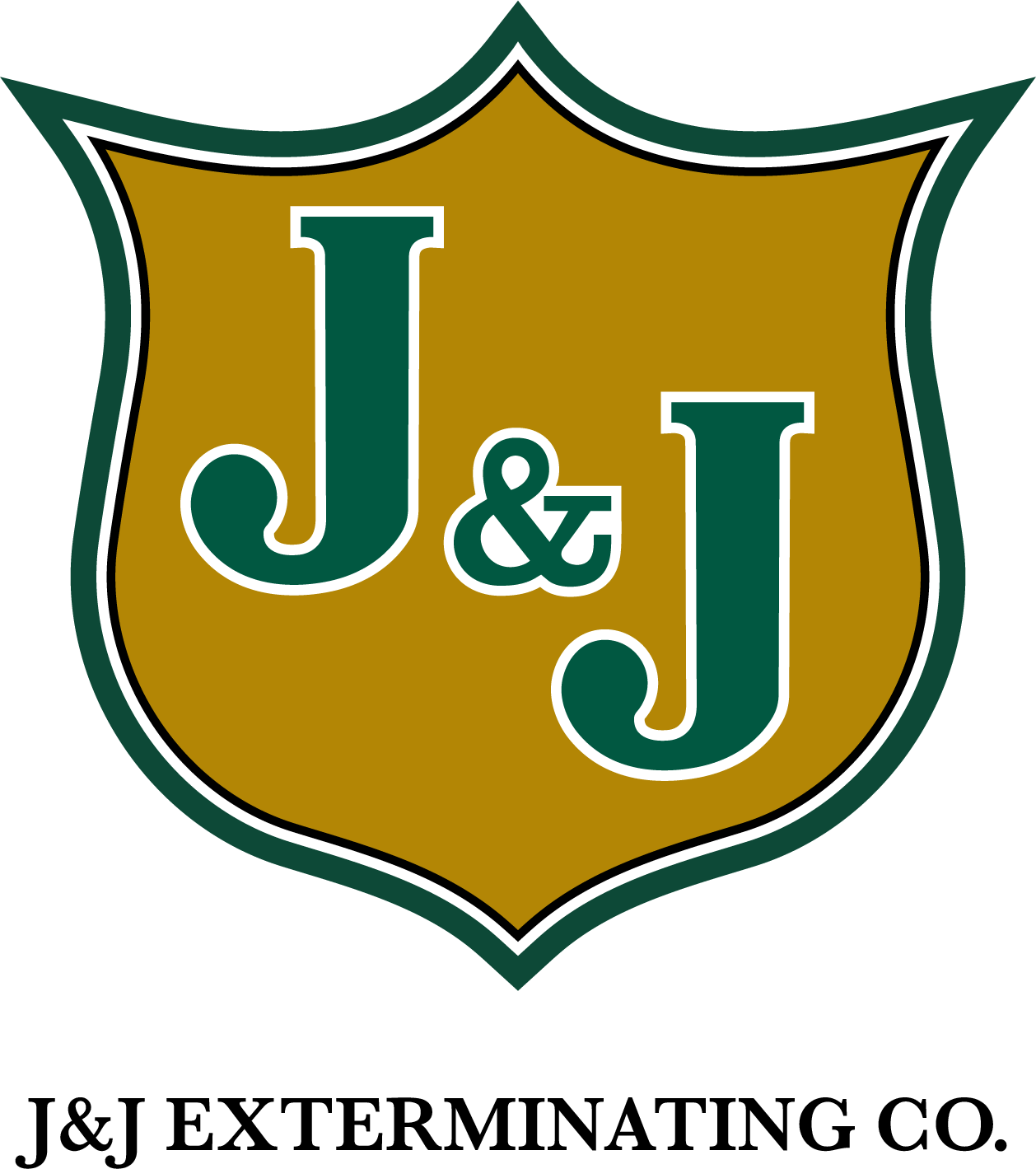There exists several methods to control termites within and around homes. These days, pest control professionals and homeowners rely largely on preventative measures to control termites. The most well known preventative measures include the use of termiticide barriers within the soil surrounding homes and physical barriers, such as mesh barriers beneath soil to prevent subterranean termite workers from intruding upon a property. In recent years, termite bait programs have proven effective at eradicating termite colonies from properties. While advanced termite control methods have made infestations far less common in homes today than they were before the turn of the millenium, termites still inflict billions of dollars in property damage every year to homes and buildings within the US. Because of this, massive amounts of money continue to be poured into termite control research, and while subterranean termites are well controlled with termiticide and physical barriers, many experts consider drywood termite control methods in need of further advancements. Many people would be surprised to learn which forms of termite control will likely become popular within the near future.
Heat treatments for drywood termite infestations have already been put to use in the US, and this treatment method involves heating infested lumber until the termites within are killed. However, this method is not necessarily ideal, as heat treatments can sometimes damage homes, and thick wall covering can make this method entirely ineffective. Much research has gone into the use of microwaves to eliminate infestations, and a few firms are already putting this method to use. Microwave treatments work by literally cooking termites within infested lumber, but the precise location of termites within wood must be determined in order to make this method effective, and microwave treatments may damage structural wood. Methods of electrocuting termite pests are also being developed, and one product, the “Electrogun”, is already available on the market. This product and other devices kill drywood termites by delivering electricity through infested wood. In some cases, pest controllers drill holes into infested wood in order to deliver a more direct shock to termite pests. Much like microwaves, this method’s effectiveness depends on target accuracy, and structural materials, notably steel, can interfere with electrical currents.
Do you think that any of the above methods will become available to consumers in the future?
Tags: Termites




